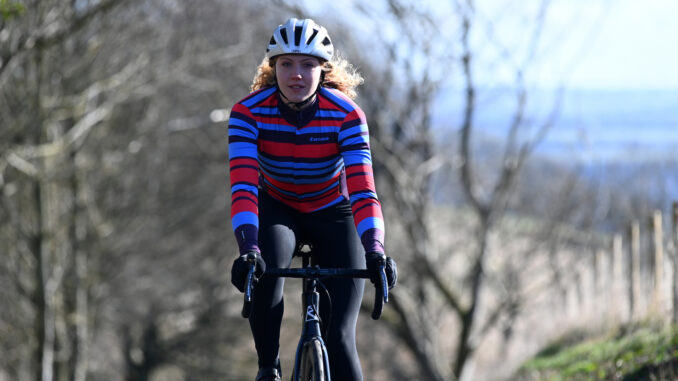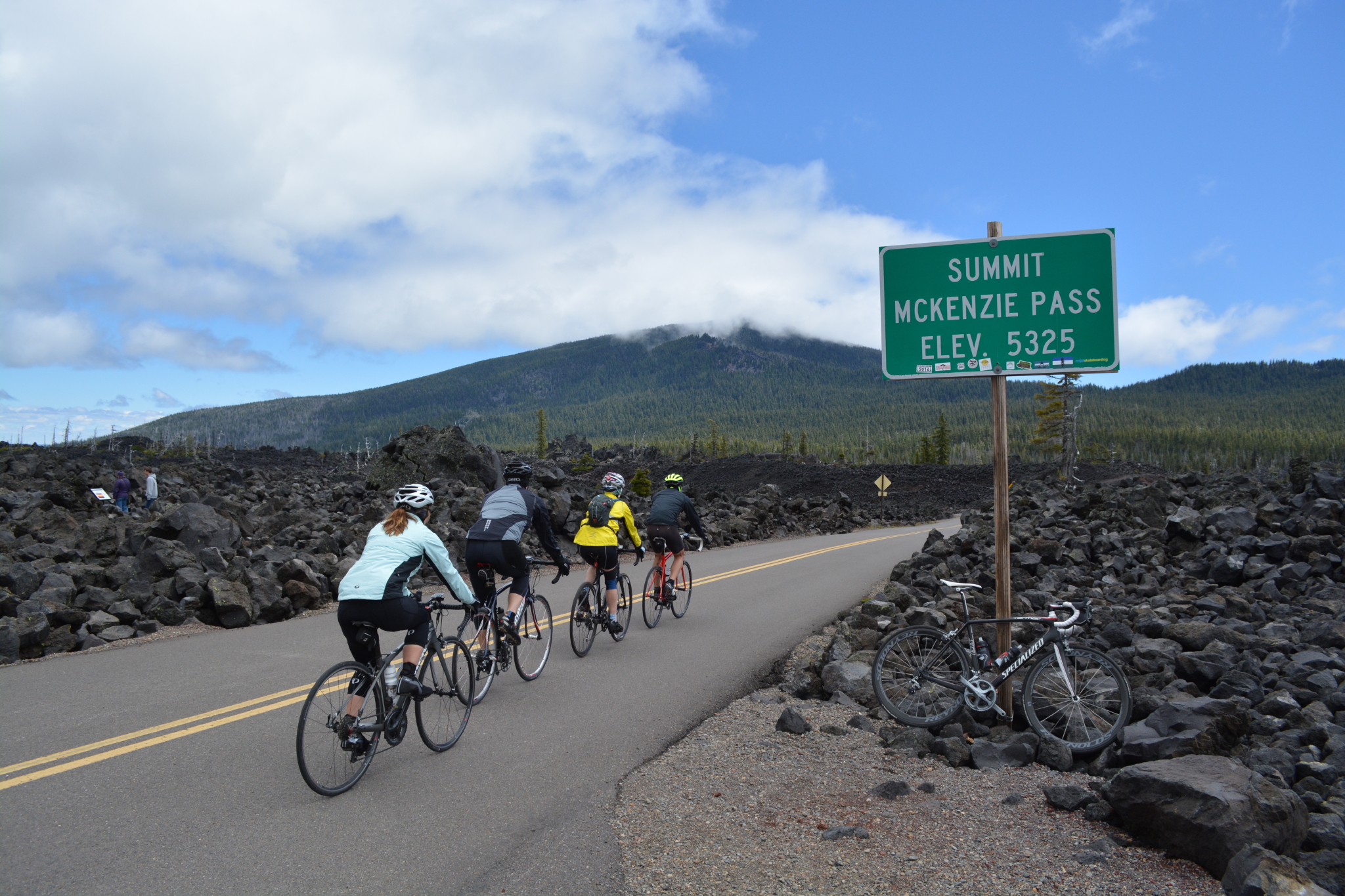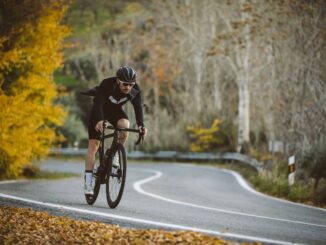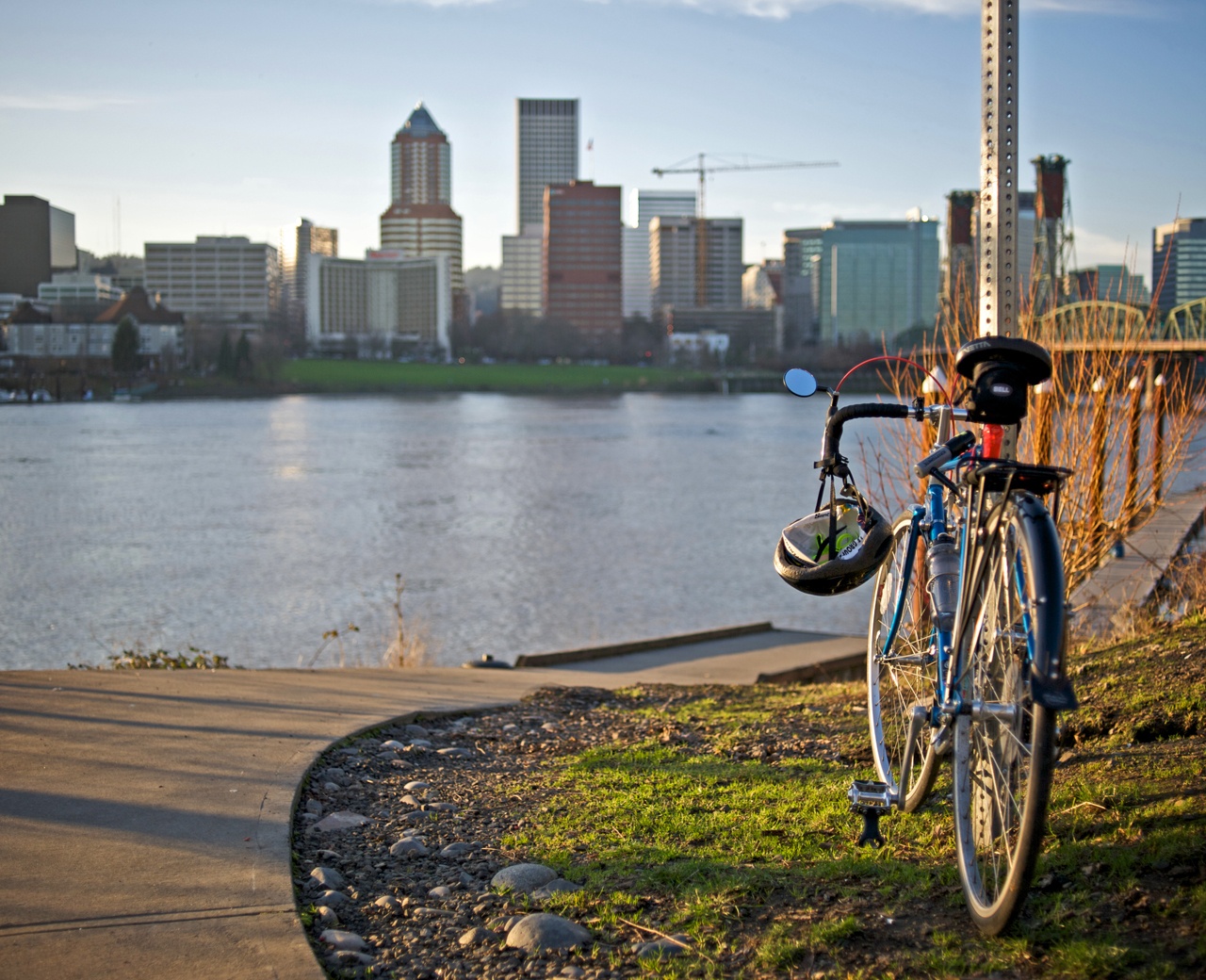
Cycling is not just a sport; it’s a way of life for many in Oregon and Washington. With its breathtaking landscapes and cycling-friendly routes, the Pacific Northwest offers recreational and competitive cyclists countless opportunities. Whether you’re pedaling through the Columbia River Gorge or tackling the challenging terrain of Mount Hood, proper nutrition is crucial to fuel your ride and enhance your performance, especially when it comes to endurance cycling.
Here are some nutrition strategies for endurance cyclists.
Pre-Ride Nutrition: Building a Strong Foundation
The foundation of any successful endurance ride begins long before you set out on the road. Proper nutrition in the days and hours leading up to your ride will ensure your body is adequately fueled, hydrated, and ready to perform at its best.
Carbohydrate Loading
Carbohydrates are the body’s primary source of fuel during prolonged physical activity. In the days leading up to a long ride, focus on increasing your carbohydrate intake to maximize your glycogen stores. Glycogen, stored in the muscle and liver, is an easily accessible energy source during exercise. Foods like pasta, rice, potatoes, and whole grains are excellent carbohydrate-rich options for your pre-ride meals.
For a ride scheduled in the morning, aim to consume a balanced dinner the night before that includes a good portion of complex carbohydrates, lean protein, and healthy fats.
An example meal could be a fresh lobster roll with roasted sweet potatoes and a light green salad. You can also opt for a whole-grain bun for that extra fiber. On the morning of your ride, have a carbohydrate-focused breakfast for two to three hours before heading out. Options like oatmeal with fruits and a sprinkle of nuts, whole-grain toast with almond butter, or a smoothie with banana, yogurt, and spinach provide a balanced mix of carbs, protein, and fats to energize you.
Hydration
Hydration is equally important and often overlooked. Start hydrating the day before your ride by drinking plenty of water and avoiding alcohol and excessive caffeine, which can dehydrate the body. On the morning of the ride, aim to consume about 16-20 ounces of water 2-3 hours before you start. This will give your body time to absorb the fluids and ensure you’re not starting the ride dehydrated.
In-Ride Nutrition: Fueling on the Go
For endurance cyclists, what you consume during the ride is just as important as your pre-ride nutrition. When cycling for more than an hour, your body will start to deplete its glycogen stores, and without adequate replenishment, you risk hitting the dreaded “bonk”—a sudden drop in energy and performance.
Carbohydrate Intake
During endurance rides, aim to consume about 30 to 60 grams of carbohydrates per hour, depending on the intensity and duration of the ride. This could be in the form of energy gels, rides, mix up your card sources to avoid palate fatigue.
For example, start with an energy gel in the first hour, then switch to a banana or an energy bar in the following hour.
Electrolytes
When cycling for long periods, particularly in the warm summer months of the Pacific Northwest, you’ll lose electrolytes like sodium, potassium, and magnesium through sweat. Electrolytes are crucial for muscle function and preventing cramps, so it’s essential to replenish them during the ride.
Include an electrolyte-enhanced sports drink in your hydration strategy, or use electrolyte tablets that can be added to your water bottle. Aim for a drink that balances sodium and potassium to check your body’s electrolyte levels.
Hydration
The general guideline is to drink 16 to 32 ounces of fluid per hour, which can vary depending on temperature, humidity, and individual sweat rate. Oregon and Washington’s weather can change quickly, so be prepared to adjust your hydration needs. Carry enough water and electrolytes to last you between stops, and plan your route to include places where you can refill your bottles.
Post-Ride Nutrition: Recovery and Replenishment
After a long ride, your body’s glycogen stores are depleted, muscles are fatigued, and you may be slightly dehydrated. Proper post-ride nutrition is crucial for recovery, helping to repair muscle tissue, replenish glycogen stores, and rehydrate the body.
Carbohydrates and Protein
The 30 to 60 minutes after your ride is known as the “golden hour” for recovery. During this time, your muscles are primed to absorb nutrients, so aim to consume a mix of carbohydrates and protein within this window. A 3:1 ratio of carbs to protein is often recommended to maximize glycogen replenishment and promote muscle repair. Good post-ride options include a recovery smoothie with banana, berries, yogurt, and protein powder or a sandwich with lean protein like turkey and whole-grain bread.
Hydration and Electrolytes
Don’t forget to rehydrate! Drink plenty of water and include an electrolyte-rich beverage to replace lost minerals. If you’ve had a particularly long or intense ride, consider including a recovery drink containing electrolytes and protein to speed up the recovery process.
Nutrition Strategies for Multi-Day Events
For cyclists participating in multi-day events like the Cascades Classic in Oregon or the STP (Seattle to Portland) ride, maintaining energy levels across consecutive days if riding is critical.
The key is to treat each day like it’s the only day—meaning, don’t neglect nutrition even if you feel fine after day one. Keeping up with the latest sports and fitness news can provide insights into current trends in cycling nutrition, including new products, supplements, and strategies to optimize your performance on long rides.
Daily Nutrition Consistency
Stick to a consistent nutrition plan throughout the event. Start each day with a solid breakfast, fuel consistently during the ride, and prioritize recovery after each day’s ride. Avoid overeating in the evenings to prevent feeling sluggish the next morning.
Balanced Meals
Incorporate a mix of macronutrients—carbs, protein, and fats—into every meal. Include nutrients like leafy greens, lean meats, dishes, nuts, and seeds to provide vitamins and minerals that support energy production and muscle function.
Conclusion
Endurance cycling in the Pacific Northwest offers a unique and rewarding experience with stunning scenery and diverse terrains. However, to make the most of every ride, it’s crucial to have a solid nutrition strategy in place. Focusing on proper nutrition before, during, and after your ride can fuel your body to perform at its best, recover more quickly, and enjoy the journey without fearing hitting the wall.
So, as you gear up for your next long ride through Oregon and Washington, remember to prioritize nutrition as much as your training. Power up your ride with a balanced approach to fueling, and you’ll be ready to tackle any route the Pacific Northwest offers.



